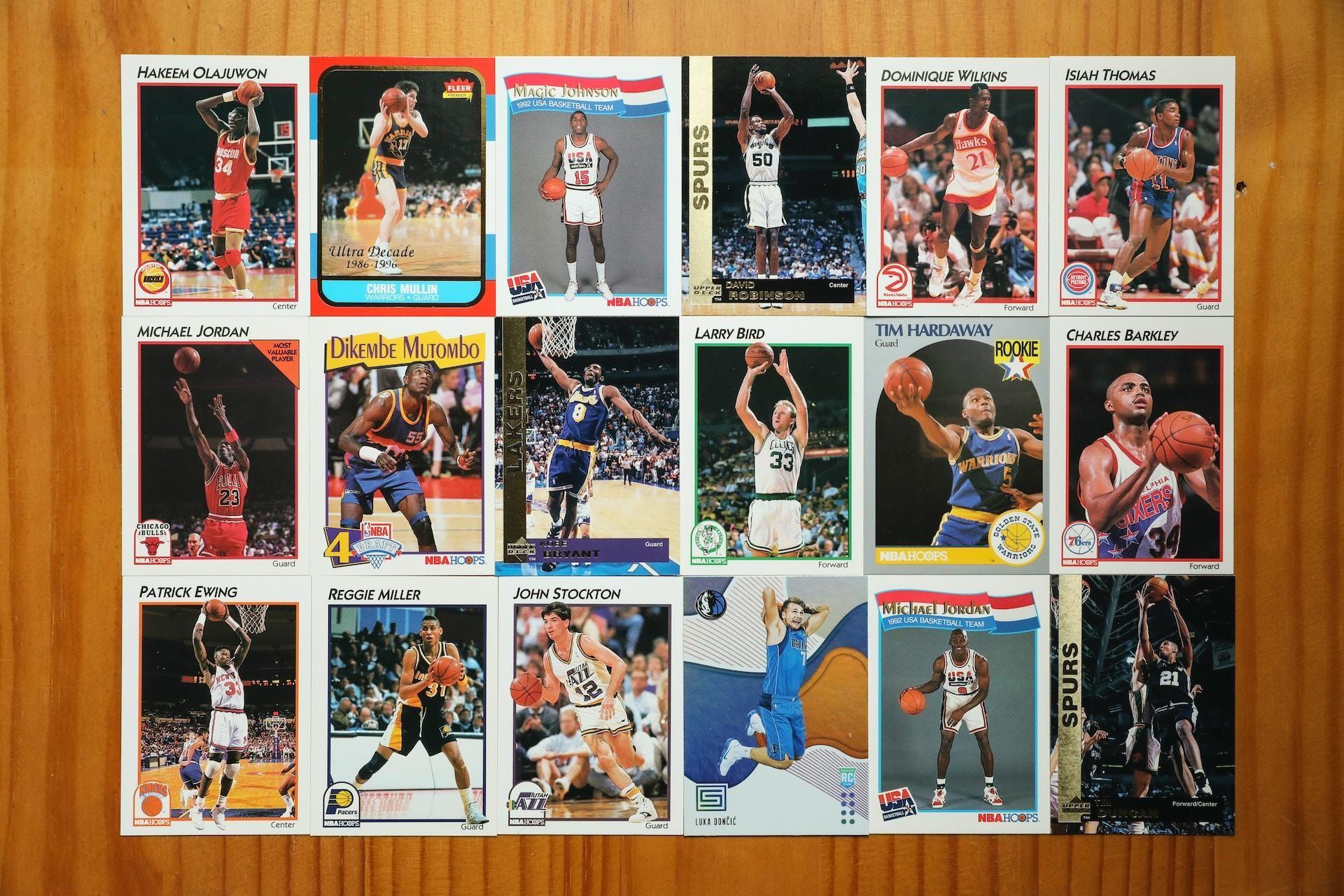Will Digital Collectibles Overtake Physical Collectibles?
Table of contents
Let's delve deeper into this fascinating debate.
The Appeal of Digital Collectibles
Digital collectibles, underpinned by blockchain technology, have several distinct advantages that have propelled their popularity among investors and collectors alike.
Authenticity and Ownership Verification
Blockchain technology allows for the creation of NFTs, which are unique digital tokens used to represent ownership of a specific item or piece of content. The blockchain's immutable ledger provides a verifiable and transparent record of each token's ownership history, thereby ensuring the authenticity of the digital collectible.
For example, you can securely store and cryptographically verify ownership of your Ordinals NFT collection using an Ordinals wallet. The ability to verify authenticity and ownership is something that has been a constant challenge for collectors of physical assets.
Accessibility and Liquidity
Digital collectibles are available to anyone with an internet connection, opening up markets to a global audience. This broad accessibility facilitates higher liquidity than physical collectibles, many of which are often traded in niche markets with a limited pool of buyers.
Digital collectibles can be bought and sold at any time, across any timezone, making them incredibly convenient as an asset class.
Interoperability
Digital collectibles can be used across multiple platforms, opening up innovative possibilities for their use. For example, a digital outfit bought as a collectible could potentially be used as an avatar's costume in various virtual worlds.
The Enduring Value of Physical Collectibles
Despite the apparent advantages of digital collectibles, physical collectibles continue to command immense value and enjoy undiminished popularity. Here's why:
Tangible Ownership
Physical collectibles provide a sense of tangible ownership that digital items cannot replicate. The tactile experience, the joy of displaying a collection, and even the physical preservation efforts are all part of the allure of physical collectibles. For many collectors, these experiences are a significant part of the hobby, one that digital collectibles may never fully replace.
History and Provenance
Physical collectibles often come with rich histories and stories that add to their charm. A vintage car, a rare book, or an antique piece of furniture all carry a piece of the past that is intrinsically valuable. While digital collectibles can also have their stories and histories, they may not resonate in quite the same way as physical ones.
Longevity
Despite the immutable nature of blockchain records, questions remain about the long-term durability of digital collectibles. Technologies evolve, and formats change. On the contrary, physical collectibles, if appropriately preserved, can withstand the test of time. Their existence and value are not reliant on maintaining a certain technological infrastructure.
The Verdict
While it's clear that digital collectibles are gaining ground and becoming a substantial part of the global collectibles market, it's unlikely they will completely overtake physical collectibles anytime soon.
Digital and physical collectibles each appeal to different sensibilities and offer distinct advantages. The rise of digital collectibles doesn't necessarily detract from the value or desirability of physical collectibles; instead, it expands the overall market, offering collectors and investors more choices.
The two forms may also influence each other in surprising ways. For instance, we might see more physical collectibles being sold with a digital token that proves their authenticity. Conversely, as virtual reality and other immersive technologies advance, digital collectibles may become more tangible and interactive.
Instead of one overtaking the other, we're likely to see an increasingly diverse and hybrid market where digital and physical collectibles co-exist and continue to captivate collectors in their unique ways.

